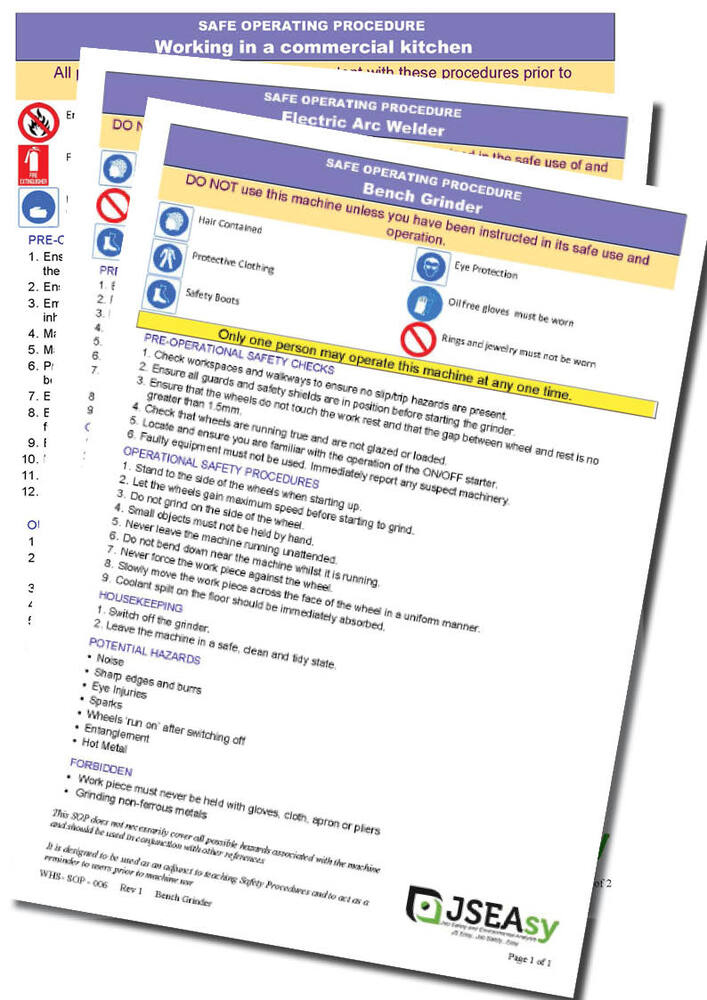SOP 059 Working in a commercial kitchen
Acquiring a Safe Operating Procedure Document for working in a commercial kitchen is essential for several reasons:
- Safety Assurance: The document outlines procedures and guidelines to ensure the safety of individuals working in the kitchen. It helps prevent accidents, injuries, and potential hazards by establishing clear safety protocols.
- Regulatory Compliance: Adhering to safety standards and regulations is crucial in a commercial kitchen. A Safe Operating Document ensures that your kitchen operations comply with local, regional, and national safety regulations, helping you avoid legal issues and penalties.
- Equipment Efficiency: The document provides guidelines on the proper use and maintenance of kitchen equipment. Following these procedures helps optimize the efficiency and longevity of your equipment, reducing the risk of breakdowns and operational disruptions.
- Quality Control: Consistent adherence to safe operating procedures contributes to maintaining the quality and hygiene of the food produced in your kitchen. This is vital for customer satisfaction and helps build a positive reputation for your business.
- Employee Training: The document serves as a valuable tool for training new employees and refreshing the knowledge of existing staff. Proper training ensures that everyone is aware of and follows the established safety protocols, fostering a culture of responsibility and accountability.
- Risk Mitigation: By proactively addressing potential risks through a Safe Operating Document, you mitigate the likelihood of accidents, foodborne illnesses, and other incidents. This not only protects your employees but also safeguards your business from financial and reputational risks.
In summary, obtaining a Safe Operating Procedure Document for a commercial kitchen is a proactive step that fosters a secure work environment, guarantees compliance with regulations, enhances equipment efficiency, preserves food quality, facilitates employee training, and minimizes overall business risks.



